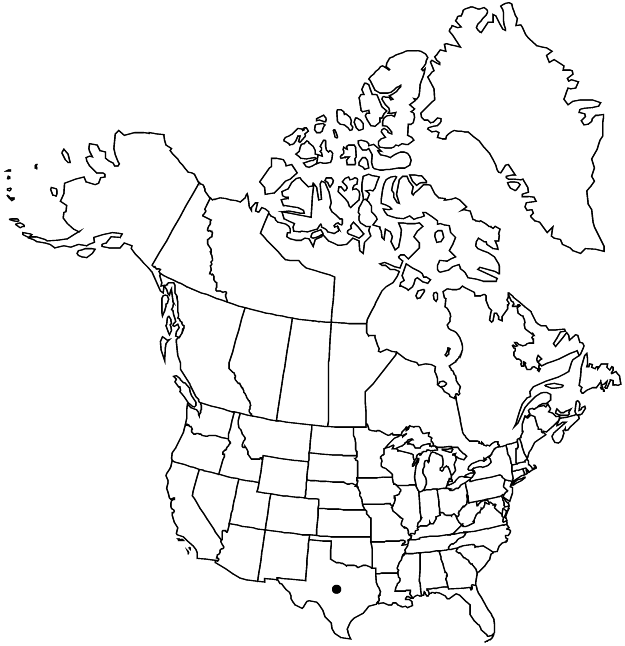Paronychia monticola
Rhodora 46: 279. 1944.
Plants biennial but usually perennial; taproot stout. Stems erect to ascending, much-branched throughout, 10–30 cm, glabrous. Leaves: stipules lanceolate, 2–5 mm, apex acuminate to long-acuminate, entire; blade linear, 7–15 (–19) × 0.4–0.8 (–1) mm, leathery, apex subobtuse or minutely cuspidate, glabrous. Cymes terminating branchlets, 10–40+-flowered, repeatedly forked and diffuse, clusters 1–3 cm wide. Flowers 5-merous, ± short-campanulate, with enlarged hypanthium and calyx constricted proximally, 2.3–3.2 mm, hirtellous, glabrous distally; sepals redbrown, veins absent to obscure, narrowly oblong, 1.8–2.3 mm, leathery to rigid, margins translucent, 0.05–0.1 mm wide, scarious, apex terminated by awn, hood conspicuously rounded, awn divergently spreading, 1–1.5 (–2) mm, ± broadly conic in proximal 1/3 with yellowish, glabrous spine; staminodes filiform, 0.7–0.9 mm; style 1, cleft in distal 1/5, 0.6–1.3 mm. Utricles ovoid, 1.2–1.5 mm, minutely papillose distally.
Phenology: Flowering summer–fall.
Habitat: Mountain tops, rocky slopes and ledges, gravel beds of mountain streams
Elevation: ca 1200 m
Distribution

Tex., Mexico (Coahuila)
Discussion
Selected References
None.
Lower Taxa
"/10" is not declared as a valid unit of measurement for this property. "/10" is not declared as a valid unit of measurement for this property.